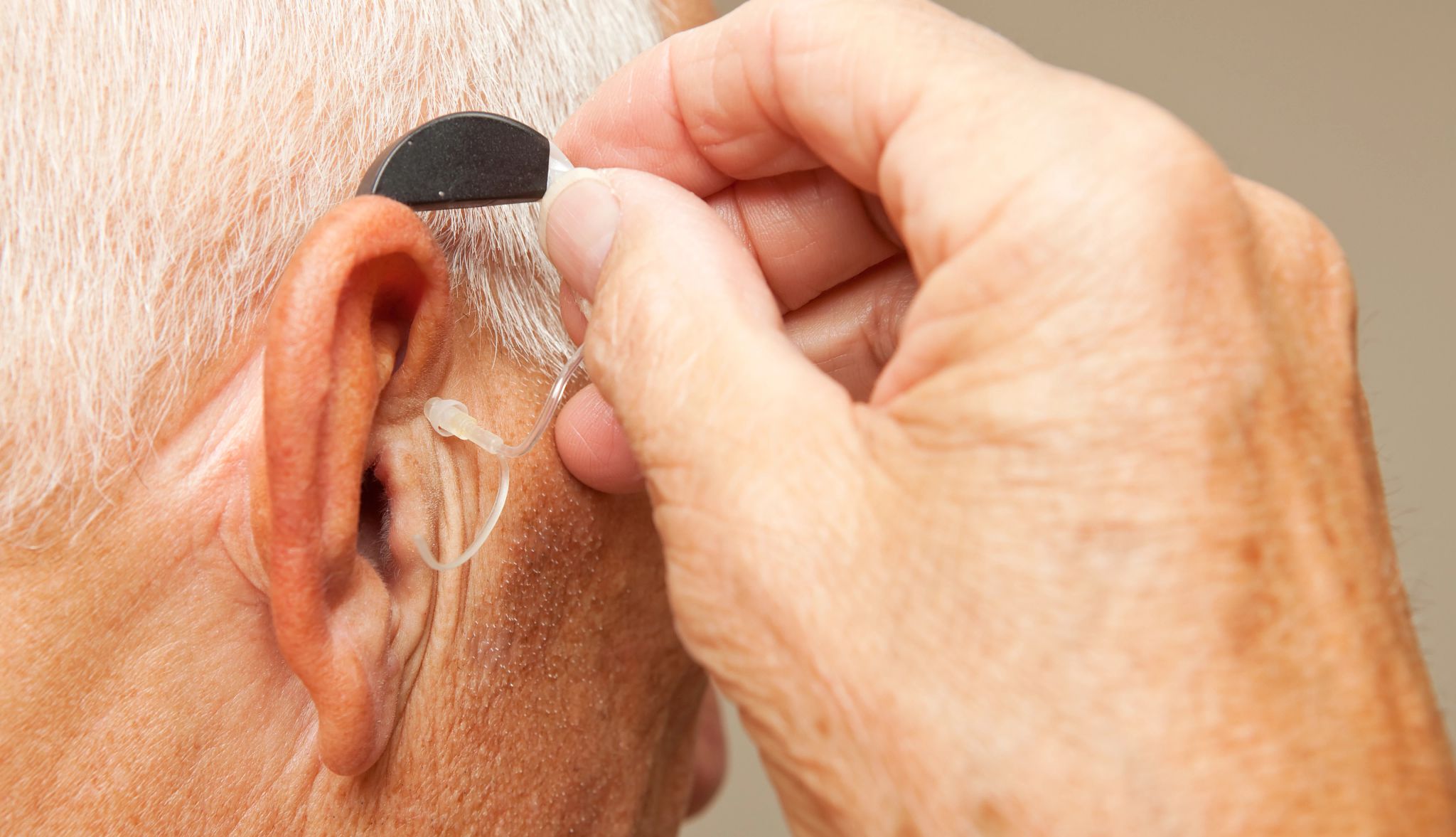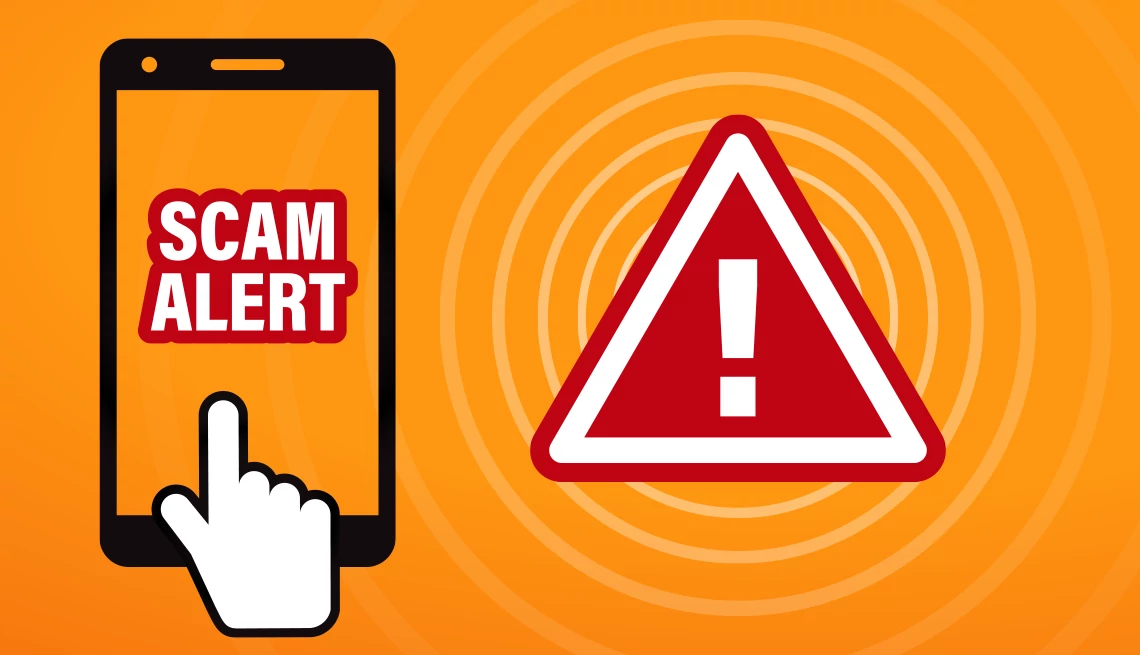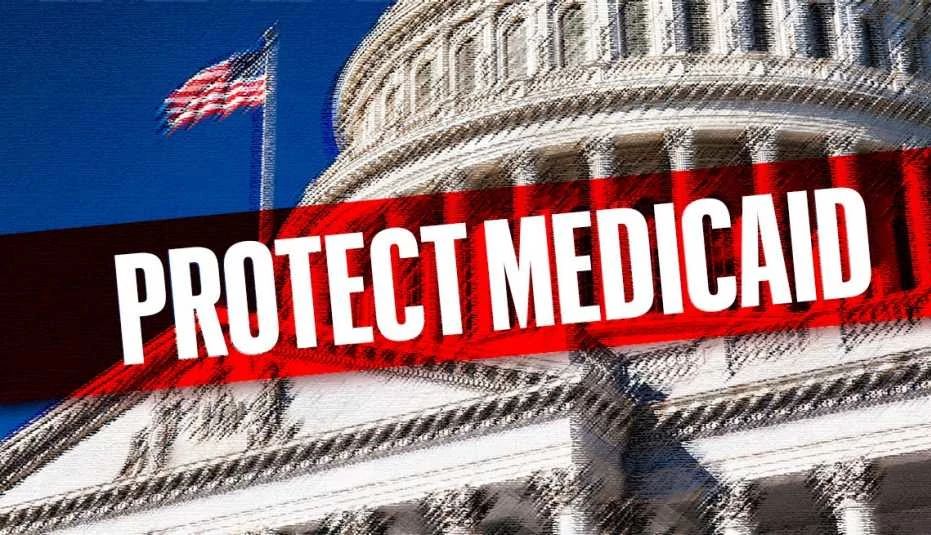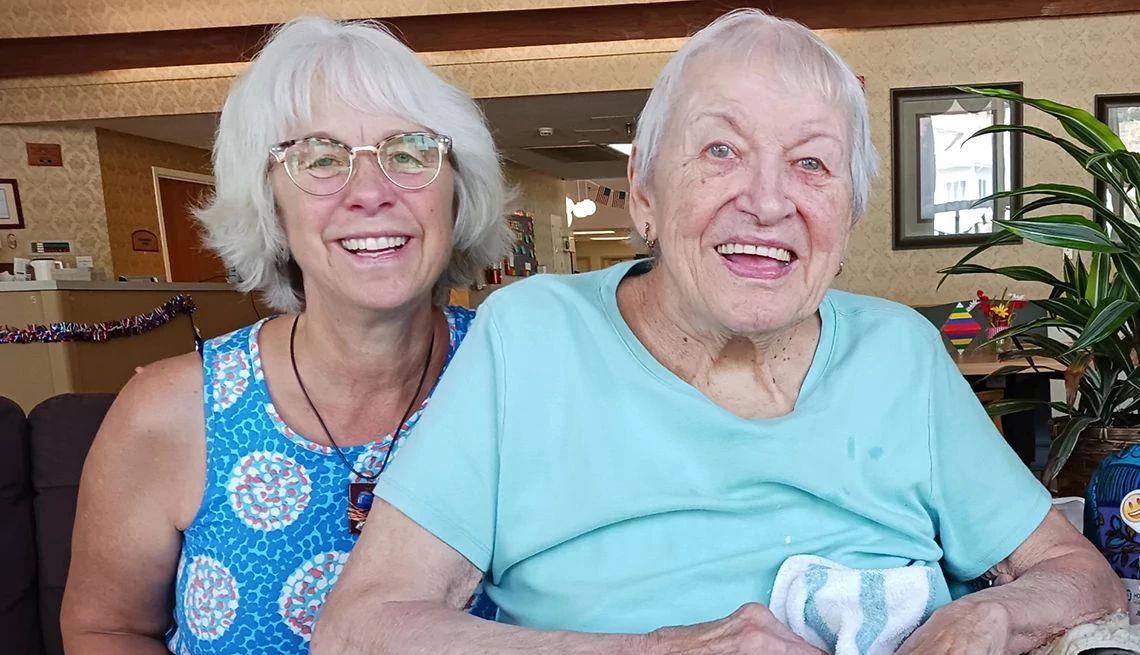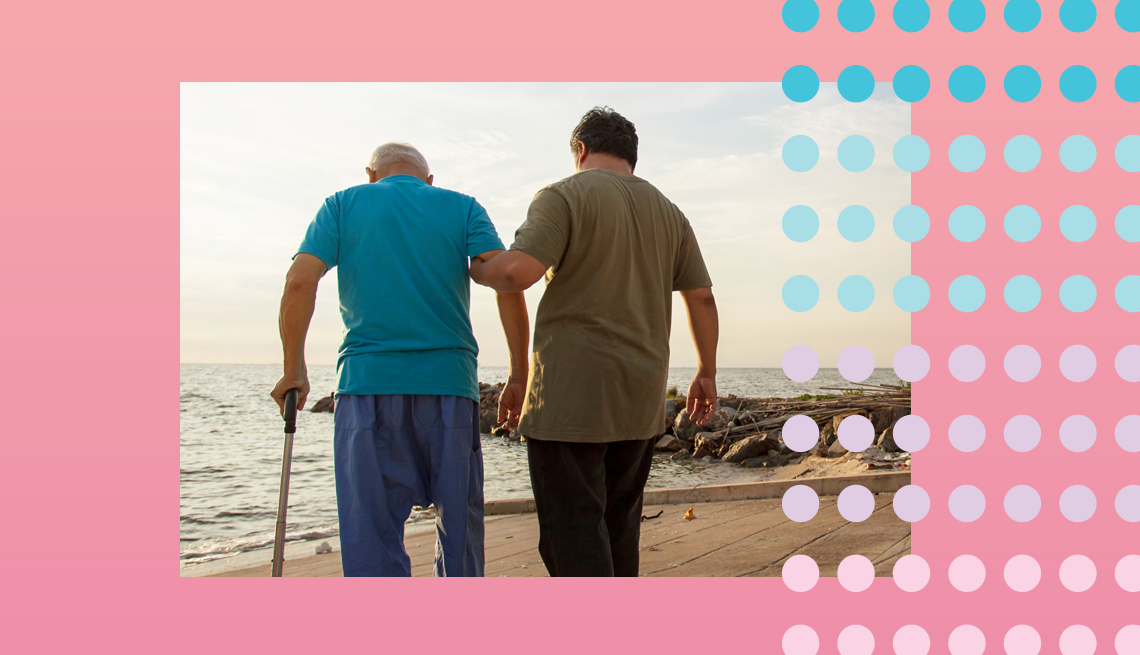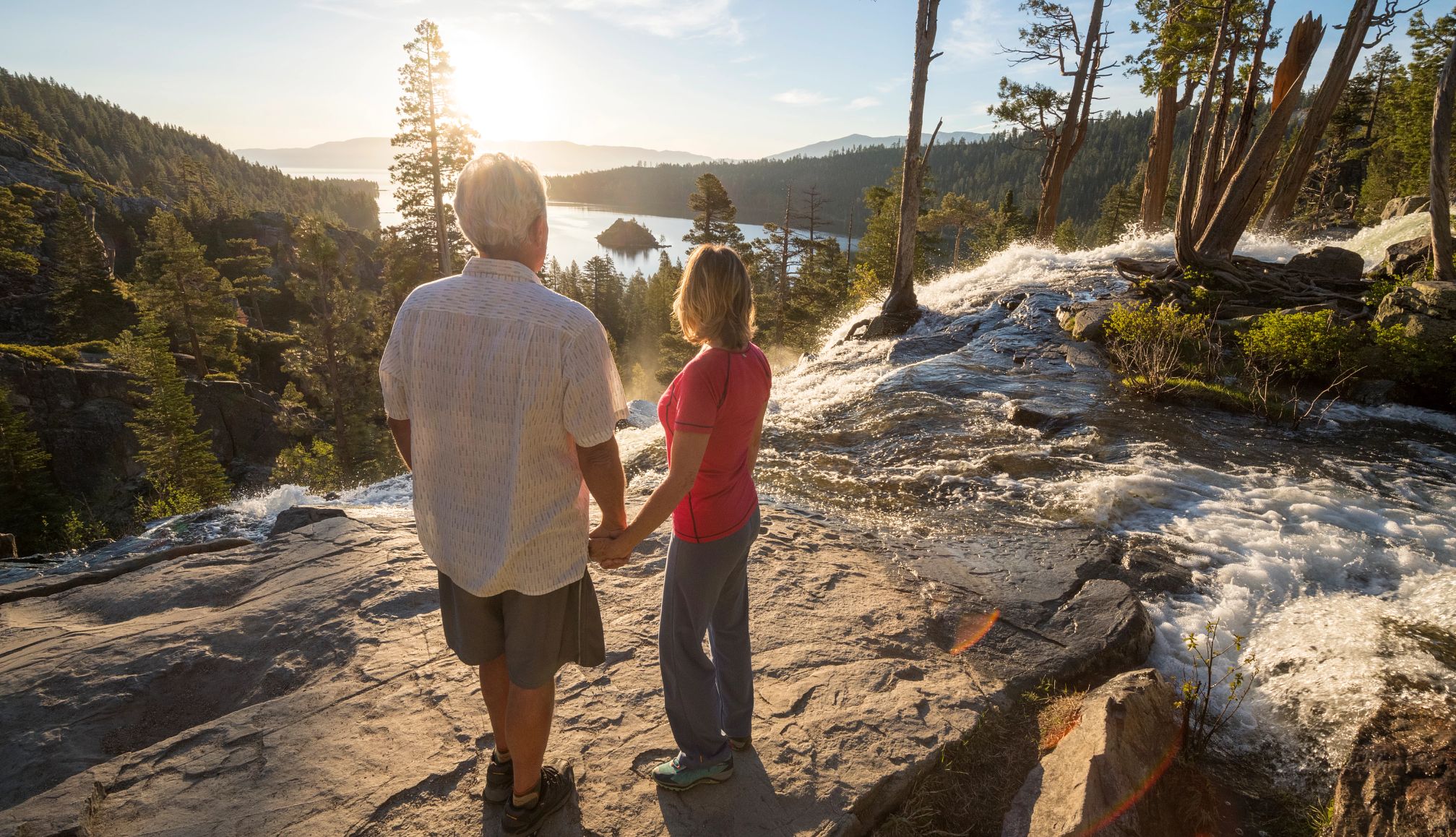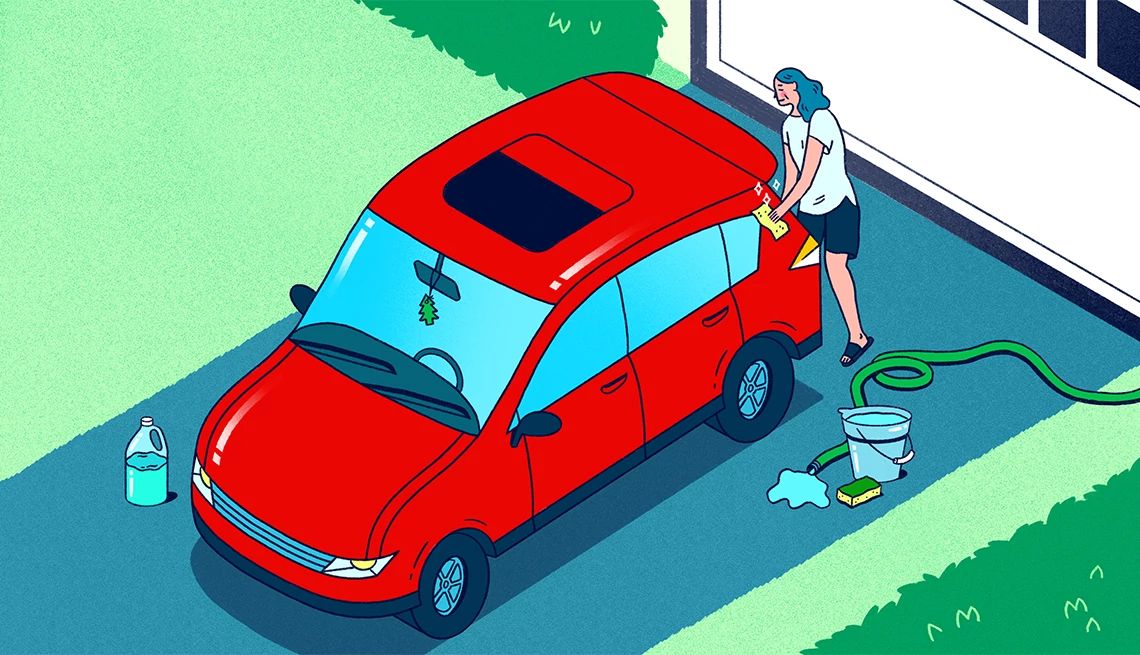AARP Hearing Center
This page continues to be updated as news unfolds. It was last revised on Wednesday, Nov. 12, with information about newly announced legal aid for flooding victims.
Texans continue to mourn, recover and donate in response to the devastating July 4 weekend floods in Central Texas, and state lawmakers have taken action aimed at bolstering the state's overall disaster preparedness.

At least 135 people were killed in the flooding, mostly in riverfront areas in the Texas Hill Country and in low-lying spots just north of Austin. Kerr County bore the brunt of the disaster when floodwaters roared through summer camps, riverside homes, campgrounds and RV parks along the Guadalupe River.
In all, it's been one of the deadliest natural disasters in Texas history and one of the worst floods in recent U.S. history. And while many children and campers died, older persons are among the flood victims.
How To Get Recovery Assistance
Gov. Greg Abbott expanded a state disaster declaration on July 5 to include Bexar, Burnet, Caldwell, Guadalupe, Travis and Williamson counties. On July 6, President Donald Trump approved a major disaster declaration, making federal assistance available to those in Kerr County. On July 19, the federal aid was expanded to include help for Hamilton and Travis counties. With these declarations, affected Texans became eligible for resources from state and federal agencies. And on Sept. 2, the governor said federal officials extended a deadline to late September for applying for certain assistance.
The help available includes:
- Individual assistance: FEMA offers individual disaster assistance including financial assistance, crisis counseling, case management, legal services and unemployment assistance.
- Small Business Administration: Affected individuals can apply for disaster loans to cover business operation expenses that could have been met had the disaster not happened, as well as losses not covered by insurance and FEMA for both business and personal use.
- Tax relief from the IRS: Affected taxpayers in federally declared disaster areas can receive filing deadline extensions.
- Disaster Unemployment Assistance: People who lost their jobs, self-employment or who are no longer working as a result of a natural disaster can receive unemployment benefits, if they apply and are not eligible for regular unemployment benefits.
Texans who have suffered damage caused by the storms are encouraged to report it through the Individual State of Texas Assessment Tool operated by the Texas Division of Emergency Management.
Qualifying Texans in eligible counties also can apply for FEMA disaster assistance online at disasterassistance.gov or by calling 800-621-3362.
The Texas Department of Insurance reminds flood victims to document damages and file insurance claims promptly. The TDI helpline is 800-252-3439.
Texans impacted by the flooding can receive aid through the Texas Access to Justice Foundation. It's a state-based funding source for civil legal aid. To access services, individuals must live within one of the 68 counties in Central and Southwest Texas that the Texas Rio Grande Legal Aid serves.
How You Can Help

AARP regularly reminds people to exercise caution when donating to charities to avoid scams. Know how to spot charity fraud, and here are some reminders when donating:
Research the charity.
- Verify its legitimacy and check its track record to learn how it uses its funds. Resources like give.org, CharityNavigator.org, and CharityWatch.org can be helpful tools.
- Understand where your money goes. Ask and research what percentage of donations goes towards the charity’s mission versus administrative costs and fundraising expenses.
Be wary of red flags.
- Legitimate charities tend not to pressure you to give right away.
- Avoid charities that ask for donations in cash, gift cards, cryptocurrencies, or wire transfers, as these are often favored by scammers.
Protect yourself when donating.
- Donate directly. Go to the charity’s official website or call themn directly rather than clicking links in unsolicited emails or texts.
- Use a credit card or check. These payment methods tend to offer more protection than cash, gift cards, or wire transfers.
- Don’t share sensitive information. Only provide the necessary information for payment and avoid sharing your Social Security number, date of birth, or bank account number.
AARP Fraud Watch Network resources:
- Dedicated helpline. If you suspect a scam or need guidance, call the AARP Fraud Watch Network Helpline at 1-877-908-3360. The call center is open 8 a.m. to 8 p.m. ET every weekday.
- Fraud prevention resources: AARP provides resources like tip sheets, alerts, and videos to help you identify and avoid common scams. Visit www.aarp.org/fraud to learn more.
Organizations Offering Immediate Assistance
Here are a few organizations that Texas-based news organizations have identified as being helpful with the flooding disaster:
American Red Cross: The Red Cross has opened shelters and reunification centers in affected areas.
The Salvation Army: The Salvation Army Kroc Center in Kerrville is coordinating and accepting donations of nonperishable goods, personal hygiene items, diapers and other items. The Salvation Army of Texas has also deployed a mobile kitchen and teams to the area.
Kerr County Relief Fund: The Community Foundation of the Texas Hill Country started a Kerr County Flood Relief Fund. The fund purportedly will provide aid to vetted organizations in Hunt, Ingram, Kerrville, Center Point, and Comfort that are providing rescue, relief, and recovery efforts as well as flood assistance.
World Central Kitchen, an organization that provides food to disaster areas, deployed to the area to bring food, water and support to emergency responders. They are accepting donations.
Austin Pets Alive! This Austin-based animal shelter is taking in animals from hard-hit Kerr and Williamson Counties.
Kerrville Pets Alive! This organization is providing animal search and rescue and boarding assistance and other help.
Austin Wildlife Rescue has received numerous injured birds, squirrels, deer, rabbits, and other wild animals – some injured in the flooding – and is accepting help.
AARP Foundation provides disaster relief and supports older persons and their families in many of these situations.
Be Wary of Disaster Fraud
- FEMA Disaster: Scam artists, identity thieves and other criminals often attempt to take advantage of disaster survivors. To learn more about these types of frauds and scams, visit this Federal Emergency Management Agency site.
- Tips from AARP on how to avoid scams following disasters, such as floods.
Reminders About Flooding
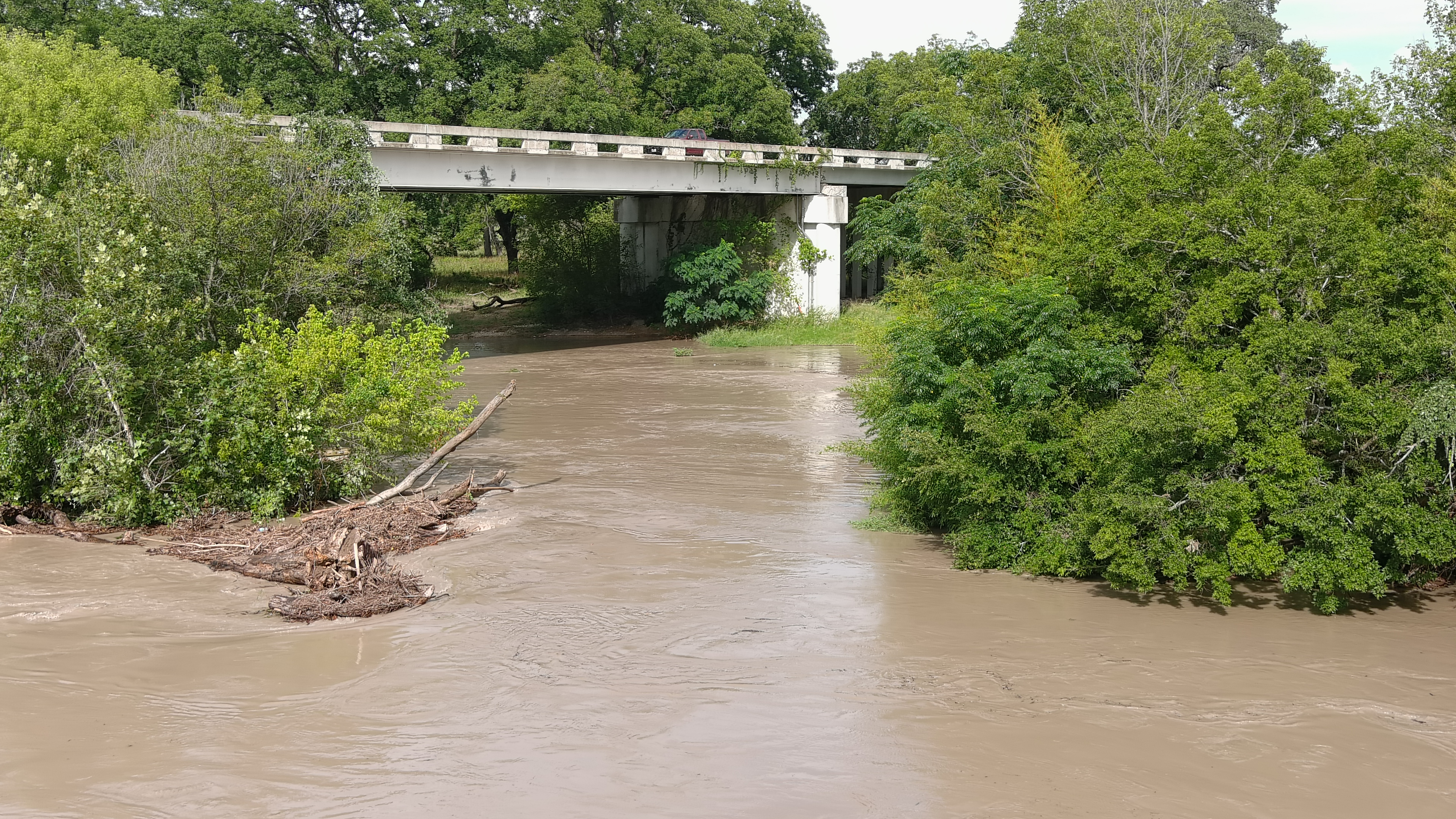
- Stay weather aware by following reliable local news sources and weather information sites.
- Follow evacuation orders from local authorities and take an emergency kit with you.
- Avoid walking or driving through flood waters. Just six inches of water can make a person fall, while one foot of water is enough to sweep up a vehicle during a flood.
- If flood waters rise around your vehicle, leave it and move to higher ground. If you are stuck in a flooded area, look for a higher space away from flood waters. Stay off bridges that go over fast-moving water. Check for flooded or closed roads at the state’s drivetexas.org website.
- Be careful in areas where flood waters have receded and watch out for debris or electrically charged standing water. Stay away from all bodies of water and electric lines near you.
- Shut off your home’s main circuit breakers to prevent appliance short circuits and the threat of electrocution.
- Have a plan for your pets and take them with you in case of an evacuation.
- Names and ages of many victims of the Texas floods have not yet been released, many were children. Still, it’s known that older adults can often become vulnerable to the impacts of flooding due to a combination of factors, including mobility, health and illness issues.
SBP Resources
SBP is a national non-profit organization that partners with AARP. SBP focuses on helping communities respond, recover and prevent disasters. Some of the assistance they're offering includes these guides and videos:
Navigating FEMA: This guide explains how to navigate FEMA’s damage assessment process after a disaster. It covers how to apply for assistance, what to expect during the intake assessment, and how FEMA determines whether an onsite or remote inspection is needed. The guide also explains the process for appealing FEMA’s decisions and offers resources for additional support.
Post-Disaster Insurance Guide: After a natural disaster, many people depend on their homeowner's insurance to help them restore homes and lives to normal. The mission of SBP is to shrink the time between disaster and recovery.
Disaster Assistance Navigation: SBP's Disaster Assistance Program helps disaster survivors secure the maximum amount of FEMA funding for which they are eligible to meet their immediate and long-term recovery needs. This video playlist will navigate you to the right resources and information to recover after a disaster. Watch Video Here.
Protect Against Contractor Fraud: To protect against fraud and obtain quality service at a fair price, homeowners must perform their due diligence when seeking and working with contractors. If your house was damaged by a natural disaster and you seek a reputable contractor to help with repairs and restoration, use these tips and checklist.
Avoiding Contractor Fraud: Contractor fraud is all too often the "disaster after the disaster". Learn how to protect yourself and your family, and make smart decisions during a difficult time. SBP has practical tips for identifying and avoiding fraudulent contractors. Watch Video Here.
Muck and Gut Process: After a severe flood, prompt and proper mucking and gutting is essential. Learn how to effectively muck and gut your home. Watch Video Here.
Additional Insights
- How to Speed Up a Home Insurance Claim After a Fire, Flood or Other Disaster. These tips from AARP could make it easier to file for damage to your property.
- After Hurricane Beryl made landfall in Texas last July with heavy rains, AARP compiled this list of government, nonprofit and other resources that provided support to those impacted by the severe weather.
Mental Health Support
Following a flood, mental health support is crucial for disaster survivors. Several resources are available to help individuals cope with the emotional toll of the disaster, including crisis hotlines, mental health professionals, and community-based support programs. Specifically, the 988 Suicide & Crisis Lifeline offers free, confidential support for anyone experiencing emotional distress. Additionally, organizations like the American Red Cross provide mental health volunteers who offer support and guidance in disaster-affected areas.
Legislative Response
In response to Central Texas flooding, the Texas Legislature passed Senate Bill 5 during a special session and other bills to provide funding for flood relief, enhance weather forecasting, and improve emergency communication systems. Key actions include creating a state grant program for flood warning equipment like sirens, setting aside funds to improve weather modeling, and requiring youth camps to develop emergency plans.

Funding and Infrastructure Improvements
Flood Relief Funding:
Senate Bill 5 allocates $200 million to match federal disaster funds and address other flood-related needs in the state.
Flood Warning Systems:
A $50 million grant program was established to help local government agencies purchase and install flood warning equipment, such as outdoor sirens and rain gauges, in high-risk areas.
Weather Forecasting:
About $28 million was allocated to enhance atmospheric measurement and modeling, with the goal of improving the accuracy of weather forecasts and better predicting flood events.
Emergency Preparedness and Regulation
Camp Safety:
The legislature passed legislation, including the "Heaven's 27 Camp Safety Act" (Senate Bill 1), to strengthen regulations for youth camps. This includes requiring them to have detailed emergency plans, coordinate with local first responders, and have communication systems that can operate during power outages.
Emergency Management Training:
New requirements were put in place for training and licensing for local emergency management coordinators.
Risk Identification:
The Texas Water Development Board (TWDB) is now required to identify areas with a history of severe flooding, high-risk factors, and significant residential or recreational activity, informing future planning and siren deployment.
Mark Hollis can be reached at mhollis@aarp.org or 512.574.3739.




